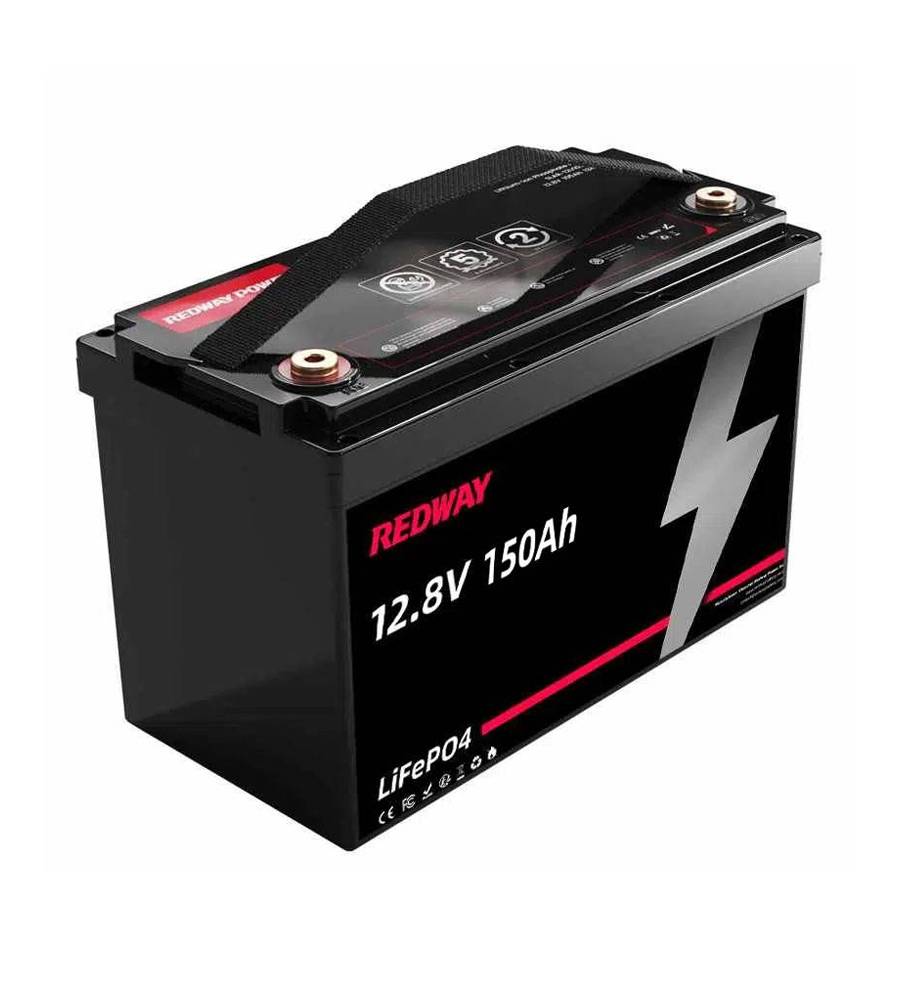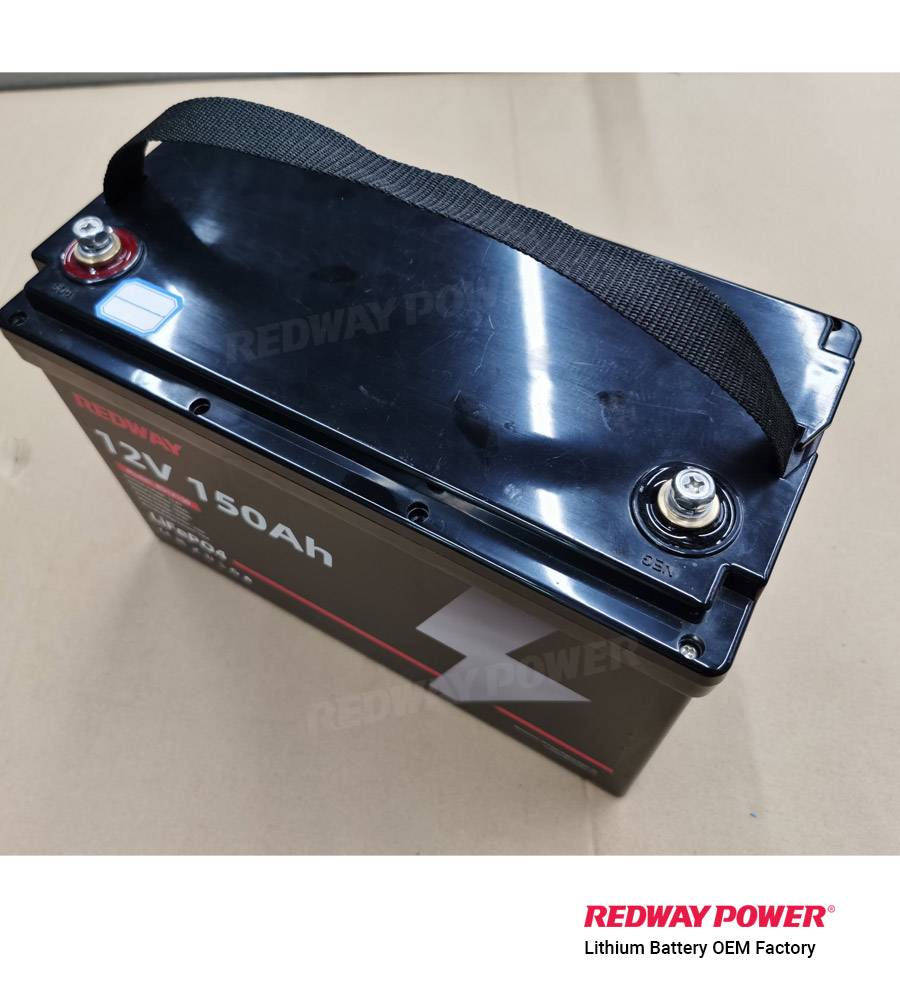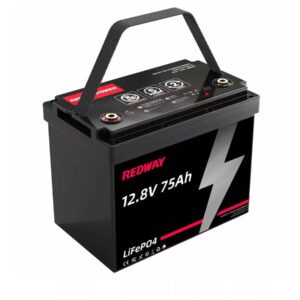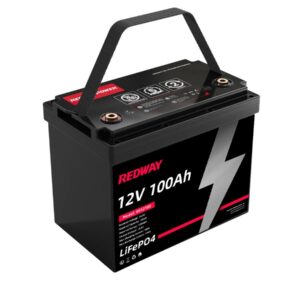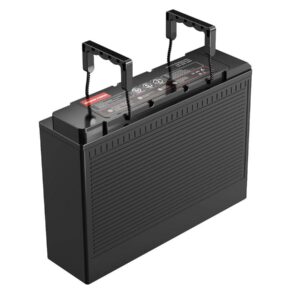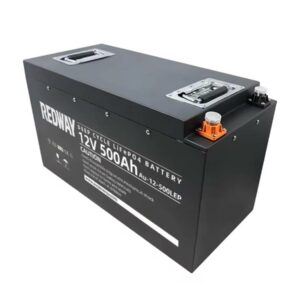Description
Our Smart Safety Architecture Lithium Battery Series delivers unmatched reliability for industrial and commercial applications. As a premier lithium battery manufacturer, we specialize in OEM solutions that combine advanced safety protocols with high energy density, ensuring optimal performance and compliance with global standards.
Key Features
Triple-Layer BMS Protection: Proprietary three-tier safety architecture integrates overcurrent, overvoltage, and temperature cutoff mechanisms, eliminating thermal runaway risks even under extreme operational stress.
Global Compliance: Certified to UL1973 and UN38.3 standards, guaranteeing safe transportation and operation across international markets.
High-Density LiFePO4 Cells: 15% greater energy density than industry averages, enabling compact designs without compromising runtime or power output.
Adaptive Thermal Management: Auto-adjusting cooling systems maintain optimal cell temperatures (-30¡ãC to 65¡ãC), ensuring stable performance in diverse environments.
Product Description
Engineered for OEM partnerships, our lithium batteries feature modular configurations scalable from 24V to 72V systems, supporting capacities up to 600Ah. The Smart Safety Architecture employs military-grade sensors for real-time cell monitoring, reducing annual degradation to <3% through precision balancing. With IP67-rated enclosures and vibration-resistant construction, these batteries excel in heavy machinery, renewable energy storage, and logistics equipment.
Customizable communication protocols (CAN 2.0/RS485) enable seamless integration with fleet management systems, while predictive maintenance algorithms extend service life to 8,000 cycles at 80% DoD. As a lithium battery manufacturer committed to OEM innovation, we offer tailored solutions that reduce total ownership costs by up to 40% compared to conventional alternatives.
How Does a 12V 150Ah LiFePO4 Battery Deliver Long Life and High Performance?
A 12V 150Ah LiFePO4 battery delivers long life and high performance by utilizing lithium iron phosphate chemistry known for its thermal stability and safety, combined with advanced battery management systems that optimize charge cycles and protect cells. This results in thousands of cycles, efficient energy storage, and reliable power for diverse applications.
What is a 12V 150Ah LiFePO4 Battery and How Does It Work?
A 12V 150Ah LiFePO4 battery is a rechargeable lithium-ion battery using lithium iron phosphate as the cathode material, providing a nominal voltage of 12.8V and a capacity of 150 amp-hours. It operates by moving lithium ions between the cathode and anode during charge and discharge, delivering stable voltage and high current output with minimal degradation over time.
How Long Does a 12V 150Ah LiFePO4 Battery Typically Last?
These batteries typically last over 5,000 to 8,000 charge cycles at 80% depth of discharge, translating to 8 to 15 years of operational life depending on usage and maintenance. This longevity far exceeds traditional lead-acid batteries, making them ideal for long-term energy storage solutions.
What Are the Key Features That Ensure High Performance?
Key features include:
-
High energy density enabling compact and lightweight design
-
Fast charging capability with up to 210A continuous charge rate
-
Integrated Battery Management System (BMS) for cell balancing and protection
-
Wide operating temperature range (-20°C to 60°C)
-
Robust construction with metal or ABS plastic casing for durability
These features ensure consistent power delivery, safety, and extended battery life.
How Does LiFePO4 Technology Compare to Other Battery Types?
LiFePO4 batteries offer superior thermal and chemical stability compared to lithium cobalt oxide (LCO) and lead-acid batteries. They provide longer cycle life, higher safety margins, and better environmental profiles, though with slightly lower energy density. This makes them preferable for applications requiring reliability and safety over maximum energy density.
What Applications Are Best Suited for a 12V 150Ah LiFePO4 Battery?
Ideal applications include:
-
Solar energy storage systems
-
Recreational vehicles (RVs) and marine vessels
-
Off-grid power supplies
-
Uninterruptible power supplies (UPS)
-
Electric vehicles and portable power tools
Their durability and efficiency make them versatile across residential, commercial, and industrial uses.
How Does the Battery Management System (BMS) Enhance Battery Life?
The BMS continuously monitors voltage, current, temperature, and state of charge to prevent overcharging, deep discharge, and overheating. It balances individual cells, ensuring uniform performance and preventing premature aging. This system is crucial for maintaining safety and maximizing the battery’s operational lifespan.
What Are the Benefits of Cylindrical Cell Design in LiFePO4 Batteries?
Cylindrical cells provide excellent mechanical strength and heat dissipation, reducing risks of swelling and thermal runaway. Their uniform shape allows efficient packing and consistent current distribution, enhancing overall battery reliability and cycle life.
How Should You Charge and Maintain a 12V 150Ah LiFePO4 Battery?
Charging should follow a CC/CV (constant current/constant voltage) profile with a maximum charge voltage around 14.6V and recommended float voltage near 13.8V. Maintenance includes avoiding deep discharges below 10V, storing at partial charge if unused, and keeping the battery within recommended temperature ranges to prevent capacity loss.
How Does Temperature Impact the Performance and Lifespan?
Performance declines at extreme temperatures: low temperatures increase internal resistance reducing available capacity, while high temperatures accelerate chemical degradation. LiFePO4 batteries tolerate wider temperature ranges than many lithium chemistries but perform optimally between 0°C and 45°C.
How Can You Optimize Battery Performance in Off-Grid Solar Systems?
Optimizing performance involves pairing the battery with compatible solar charge controllers, ensuring proper ventilation, using a BMS-enabled battery pack, and scheduling regular maintenance checks. Proper system design maximizes energy harvest and extends battery life.
Chart: Cycle Life Comparison of Battery Types
| Battery Type | Typical Cycle Life | Safety Profile | Energy Density (Wh/kg) |
|---|---|---|---|
| LiFePO4 | 5000–8000+ cycles | Excellent | 90–120 |
| Lead-Acid | 500–1000 cycles | Moderate | 30–50 |
| Lithium Cobalt Oxide | 1000–2000 cycles | Moderate to Low | 150–200 |
Chart: Recommended Operating Temperature Range for LiFePO4 Batteries
| Temperature Range (°C) | Performance Impact |
|---|---|
| -20 to 0 | Reduced capacity |
| 0 to 45 | Optimal performance |
| 45 to 60 | Accelerated aging risk |

